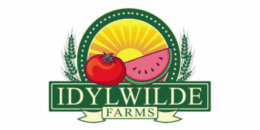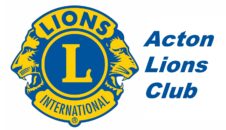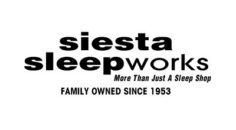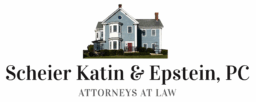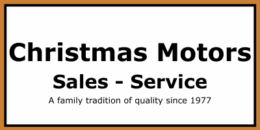What do Big Bird, JFK, trolley cars, and the first industrial revolution have in common? Answer: South Acton’s Mill Corner aka Exchange Square aka South Acton Square aka Quimby Square. The amount of history packed within just a half square mile of Main and High Streets (where Main Street crosses the railroad tracks) may surprise many Acton residents.
The Acton 250 Committee is sponsoring historic walking tours of Acton Center and South Acton. On Saturday, September 27, Amy Cole, an Acton resident, led a group of 25 around South Acton. The majority of the tour participants were sophomores at Acton Boxborough Regional High School (ABRHS), augmenting their classroom studies of U.S. History and Government. Cole is also a tour guide at the Concord Visitor Center. Other tours of Acton Center and South Acton are scheduled here.
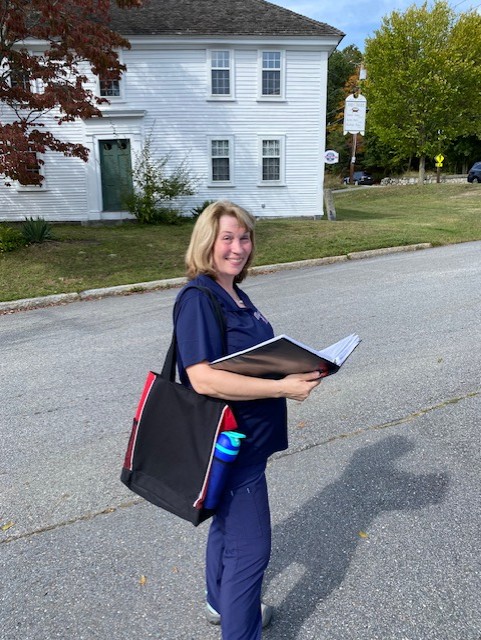
The tour started in the Faulkner House, built in 1707, near the corner of Main Street and High Street. Faulkner Homestead is owned by Iron Works Farm, Inc., whose mission is to protect the Faulkner House and 1732 Jones Tavern, as well as South Acton history.The term “Iron Works Farm” may sound like a misnomer, since there was never an iron works here. However, the area of South Acton was acquired by the Concord Iron Works Company around 1660 to supply wood to produce charcoal for production of bog iron.
The site of Erikson Grain Mill was a manufacturing center since the early 1700s, just as the industrial revolution was emerging. Mill Corner was bustling with sawmills, grist mills, potash works (for soap), “land plaster”, or gypsum, mills (for fertilizer), and wool cloth making. Close by was the A. Merriam Co., a piano stool maker which shipped its product nationally. If the name sounds familiar, the Merriam Elementary School was named after Florence Merriam, a teacher for 35 years, born in South Acton in 1894.
Cole painted word pictures of what an observer back in the day would have experienced at each stop on the tour. Adding to the buzz of manufacturing was the loud, sulfur-smelling rail traffic. The train allowed the small scale operations to expand to larger factories. South Acton was a three-way junction. Connecting to the existing Fitchburg-to-Boston line was a line to Marlborough, through Maynard, which is now the Assabet River Rail Trail.
Contributing to the cacophony was an electric streetcar system from Maynard to South Acton to West Acton. Other towns, such as Concord and Hudson, were part of the system as well. The trolley service began to fade with the arrival of the automobile, and the service ended about 1923.
These three different rail lines converged together in South Acton before there was a bridge. Unsurprisingly, despite rail crossing gates, there were fatal accidents, so a bridge was built over the tracks in 1906. The elevated ground leading up to the bridge on Main and Maple Streets is all man-made. Prior to that, all the streets were level with the train tracks.
Cole showed historical pictures to help participants visualize the changes over the years.
The impact of the railroad also enabled South Acton to become a retail center, led by the Tuttle family who became major retailers throughout Middlesex County. Their crowning achievement was the Exchange Hall, the yellow multi-story building that dominates the square.
The name “Exchange Hall” may suggest that it was for merchants to exchange wholesale goods between them, but it was the precursor to the modern department store, selling clothing, furniture, and home furnishings under one roof. The top story was a popular dance hall and the floor was designed with some elasticity to enable dancing. According to Cole, “Acton was a dance town” and she shared pictures of advertising bulletins of the time. Special trains from other towns and Boston came to Acton for the dances. More information on the dance halls in Acton is archived on the Acton Historical Society website.
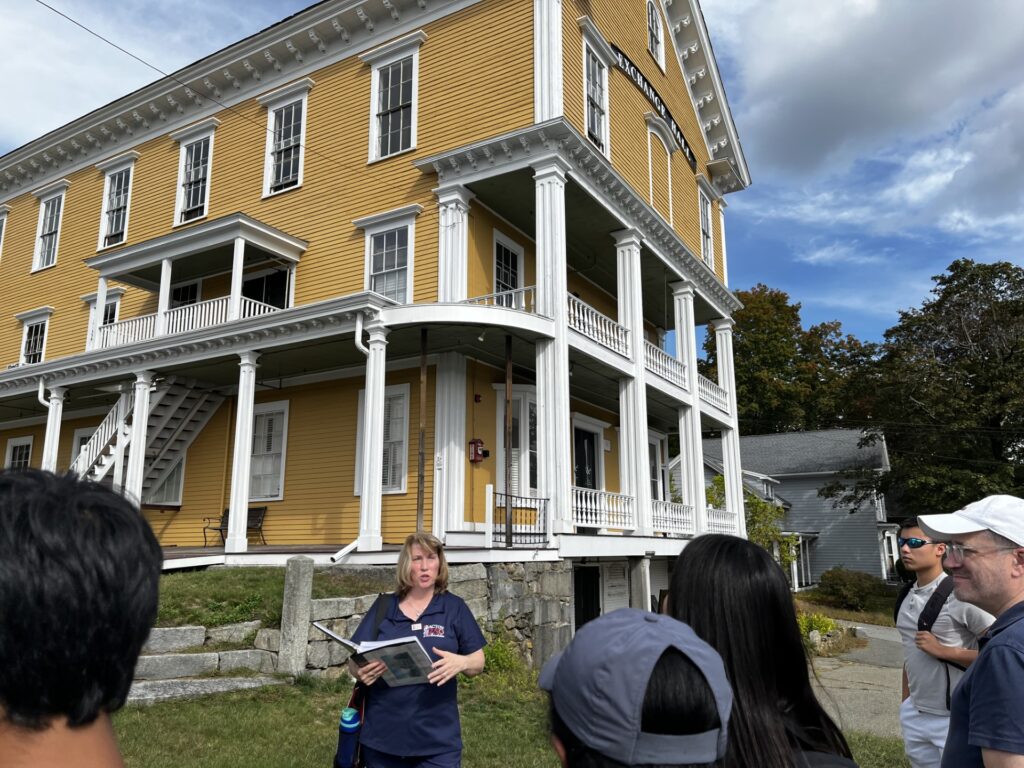
Exchange Hall and Acton Town Hall were built in the 1860s in the Italianate architectural style. They share features such as cupolas, decorative details, and long, narrow windows.
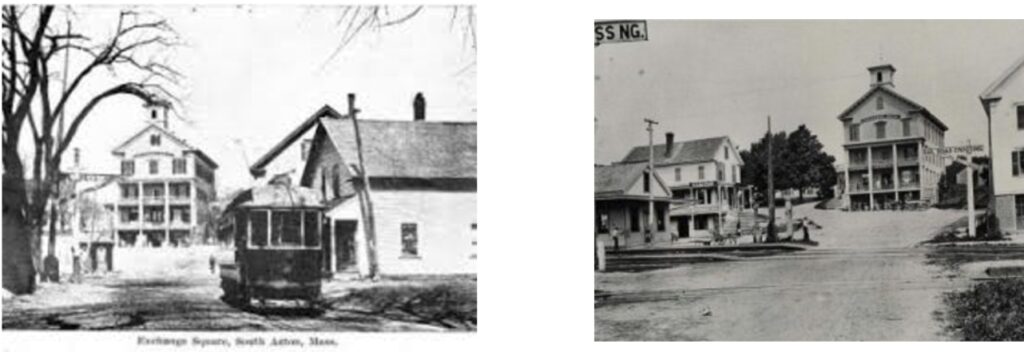
John Fitzgerald Kennedy’s mother, Rose, was the daughter of John “Honey Fitz” Fitzgerald, a former mayor of Boston and US Representative, and Mary Josephine Hannon from South Acton. Honey Fitz attended events at Exchange Hall where he gave speeches and sang to the crowd. He was so charming, it was said, he was the only politician who could sing “Sweet Adeline” sober and get away with it. The Fitzgeralds visited Acton regularly, and one of Rose’s brothers was named Thomas Acton Fitzgerald.
Carroll Spinney, who played Big Bird and Oscar the Grouch on Sesame Street from 1969 to 2018, was a graduate of Acton High School (precursor to ABRHS). He lived at 101 Main Street in South Acton and was known to give local puppet shows. The family sold the house in 1976. As documented in the Acton Beacon newspaper, Spinney sent a note to the new owners: “Hope you like the house where I grew up, from your Birdy Buddy, Big Bird.”
The above information and stories are just some of the information that Cole provided on her tour. Other topics included Jones Tavern, hard cider mills, multiple schools on School Street, the Faulkner family, the Revolutionary War, the physical movement of buildings around the area, and the Pine Hawk Native American site from 7,000 years ago.
Jens Teagan grew up in Acton and his parents live in Minuteman Ridge. He has lived in multiple states and countries. However, wherever he is, he is sure to regale people about the importance of Acton in the country’s history.

